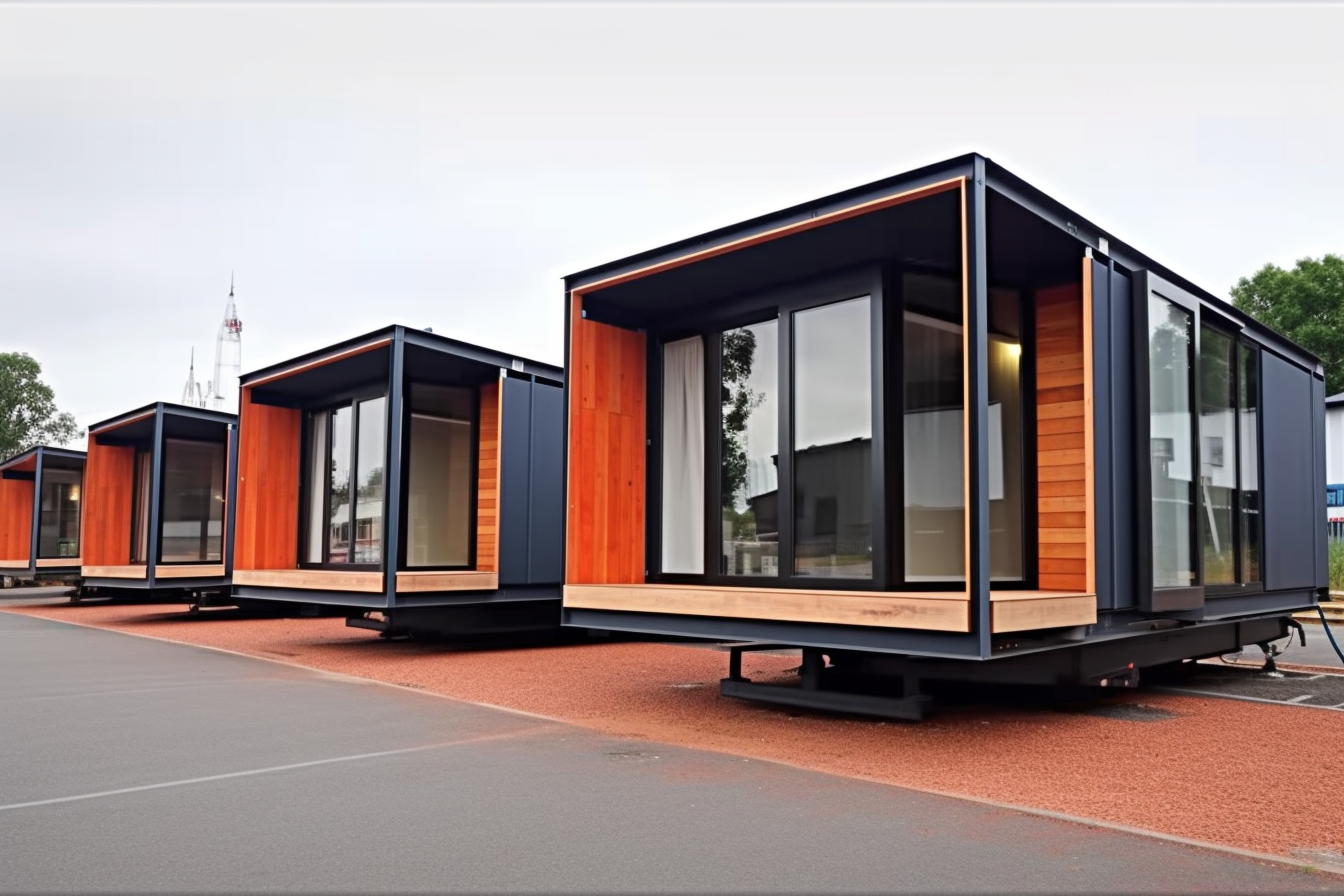Modern Prefabricated Homes for Every Lifestyle
Prefabricated homes offer practical and flexible housing solutions. Designed for quick assembly and high quality, they provide comfort and functionality while adapting to different budgets and preferences. A variety of layouts and styles are available to meet diverse needs, making homeownership more accessible and efficient.

What are the advantages of prefabricated homes?
Prefabricated homes offer numerous benefits over traditional construction methods. One of the primary advantages is the reduced construction time. Since most of the building components are manufactured in a factory setting, weather delays and on-site complications are minimized, resulting in faster completion times. Additionally, prefab homes often boast superior quality control, as the manufacturing process is standardized and closely monitored.
Another significant advantage is the potential for cost savings. The streamlined production process and reduced on-site labor can lead to lower overall construction costs. Moreover, prefab homes are often designed with energy efficiency in mind, incorporating features such as high-quality insulation and energy-efficient appliances, which can result in long-term savings on utility bills.
How do modern prefab housing designs cater to different lifestyles?
Modern prefab housing designs have come a long way from the cookie-cutter models of the past. Today’s prefabricated homes offer a wide range of styles and configurations to suit various lifestyles and preferences. From sleek, minimalist designs for urban dwellers to spacious, multi-story homes for growing families, there’s a prefab solution for nearly every need.
Many manufacturers now offer customizable floor plans and modular designs that allow homeowners to tailor their living spaces to their specific requirements. This flexibility enables individuals to create homes that reflect their personal tastes and accommodate their unique lifestyles, whether they prioritize open-concept living, home offices, or outdoor living spaces.
Can prefabricated homes serve as compact living solutions?
Prefabricated homes excel as compact living solutions, making them ideal for urban areas or small plots of land. Manufacturers have developed innovative designs that maximize space efficiency without sacrificing comfort or functionality. These compact prefab homes often incorporate clever storage solutions, multi-functional furniture, and open floor plans to create a sense of spaciousness within a smaller footprint.
For those seeking to downsize or embrace a minimalist lifestyle, prefab tiny homes have gained popularity. These ultra-compact dwellings typically range from 100 to 400 square feet and can be customized to include all the essential amenities of a larger home. The efficiency and portability of these compact prefab solutions make them attractive options for those looking to reduce their environmental impact or maintain a more flexible lifestyle.
How sustainable are modern prefabricated homes?
Sustainability is a key focus in the development of modern prefabricated homes. The controlled factory environment allows for precise material cutting and assembly, which significantly reduces waste compared to traditional on-site construction. Many prefab manufacturers also prioritize the use of eco-friendly and recycled materials in their production processes.
Energy efficiency is another hallmark of modern prefab homes. Advanced insulation techniques, high-performance windows, and energy-efficient systems are often integrated into the design, resulting in homes that consume less energy and have a smaller carbon footprint. Some prefab homes even incorporate renewable energy systems, such as solar panels or geothermal heating, further enhancing their sustainability credentials.
What are the cost considerations for prefabricated homes?
When considering a prefabricated home, it’s important to understand the various cost factors involved. While prefab homes can often be more affordable than traditional stick-built homes, the final cost depends on several variables, including size, customization, location, and site preparation.
| Home Type | Average Cost Range | Factors Affecting Price |
|---|---|---|
| Basic Prefab | $100,000 - $200,000 | Size, materials, location |
| Custom Prefab | $200,000 - $500,000+ | Customization level, high-end finishes |
| Luxury Prefab | $500,000 - $1,000,000+ | Premium materials, complex designs |
Prices, rates, or cost estimates mentioned in this article are based on the latest available information but may change over time. Independent research is advised before making financial decisions.
It’s worth noting that while the initial cost of a prefab home may be lower, additional expenses such as land acquisition, site preparation, utility connections, and transportation of modules should be factored into the overall budget. However, the potential for long-term energy savings and reduced maintenance costs can offset some of these upfront expenses over time.
In conclusion, modern prefabricated homes offer a versatile and efficient housing solution that can adapt to a wide range of lifestyles and preferences. From compact urban dwellings to spacious family homes, prefab construction provides the flexibility, sustainability, and cost-effectiveness that many homeowners seek. As technology and design continue to advance, prefabricated homes are likely to play an increasingly important role in shaping the future of residential architecture and sustainable living.




